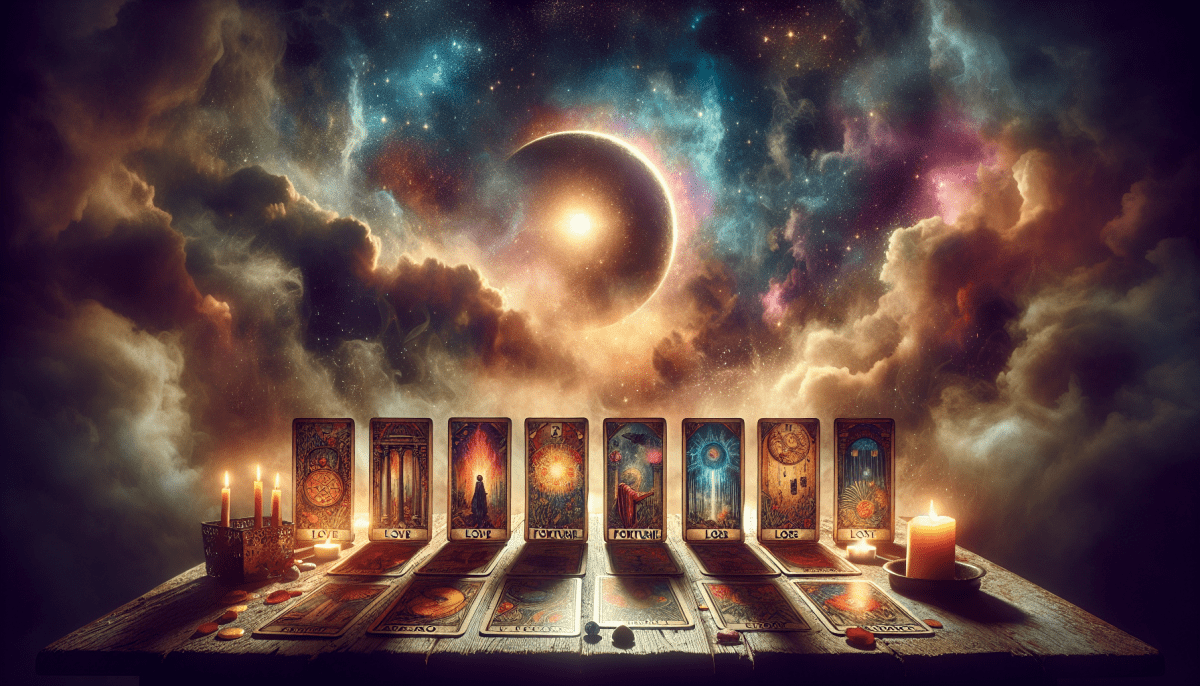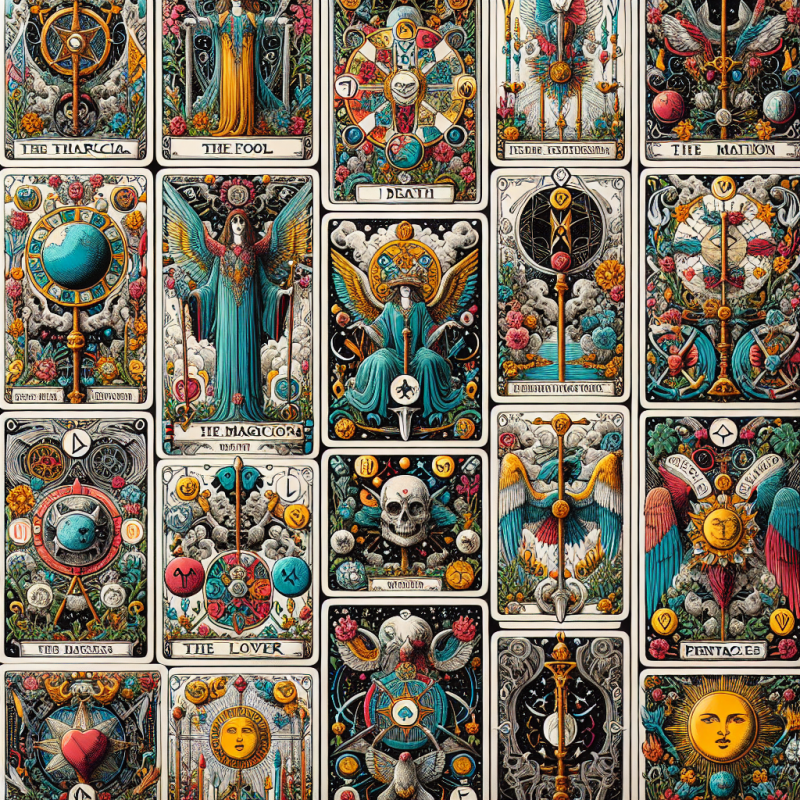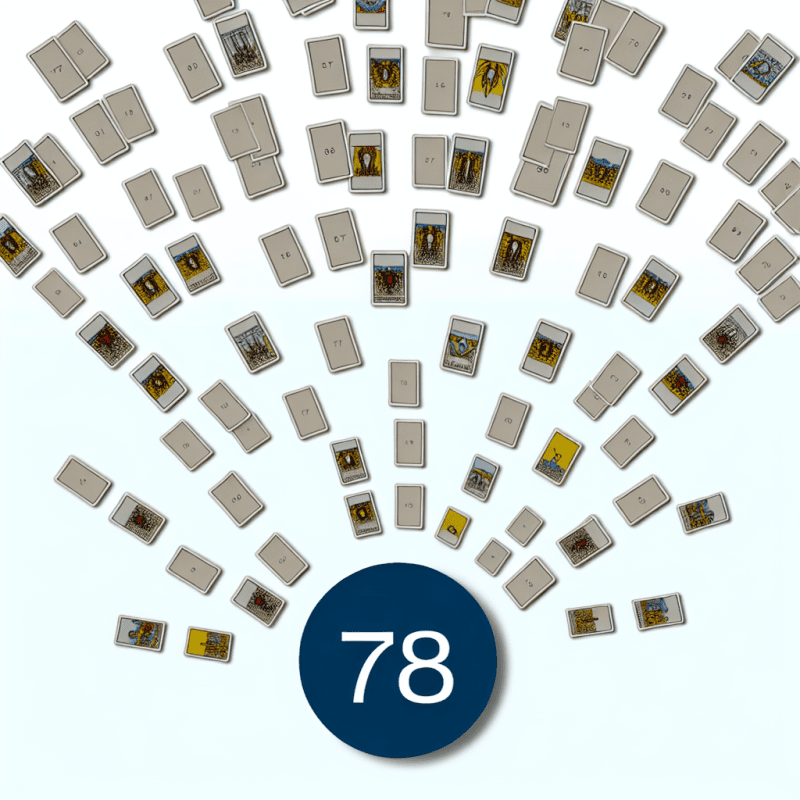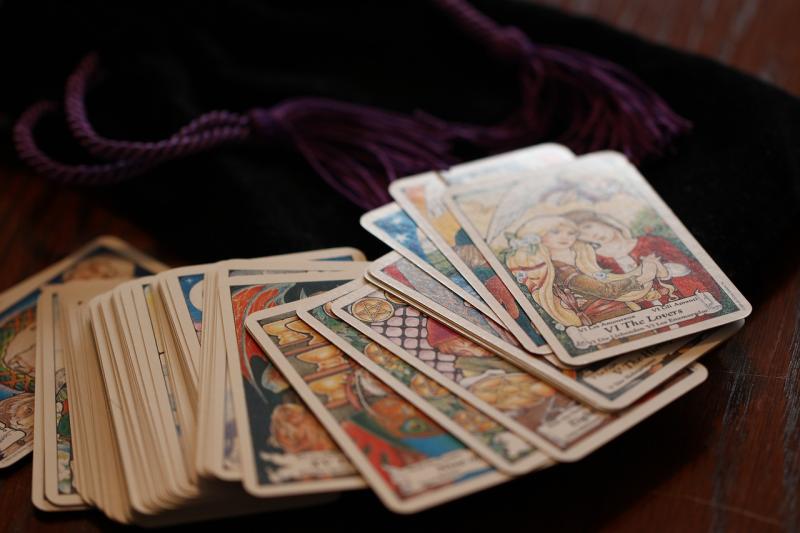Tarot cards have a mystique about them that sparks curiosity and wonder. But where did they actually come from? The origins of tarot cards can be traced back to the 15th century in Europe, particularly in Italy. Originally, they were just regular playing cards used for games like tarocchi. It's intriguing how something that began as a simple pastime has transformed into a tool for divination and self-reflection.
While the exact beginnings are a bit murky, historians believe tarot decks were made for the aristocracy. These decks were beautifully illustrated and featured various themes, but it wasn’t until later that they took on their mystical reputation. In the 18th century, the cards became associated with the occult, thanks to a surge of interest in mysticism and esoteric knowledge.
Interestingly, the imagery on the tarot cards can be linked back to ancient symbols and philosophies. Many of the major arcana cards represent lessons and archetypes that have been influential in various societies throughout history. This rich symbolism is part of what makes tarot so intriguing; each card tells a story and connects to deeper meanings beyond just the surface.
Today, you'll find tarot decks in different styles and themes, reflecting how diverse and personal this practice has become. Some people use tarot for guidance, while others appreciate it as an art form. It's a fascinating journey from gaming cards to tools of introspection, and it's clear that tarot has woven itself into the fabric of culture in a unique and lasting way.
The Evolution Through the Ages
The journey of tarot cards is nothing short of intriguing. Dating back to the 15th century, these cards were originally created for playing games in Europe. While the exact origins remain a bit of a mystery, we know they started in Italy, where they were known as "carte da trionfi," meaning triumph cards.
As the years passed, the role of tarot cards began to shift. By the late 18th century, they transitioned from mere game pieces to tools for divination. This was when mystical traditions started to embrace the cards, viewing them as a window into the human psyche and as guides for understanding life’s challenges. The well-known tarot deck we recognize today was largely established by influential figures like Antoine Court de Gébelin and later, the famous Rider-Waite deck.
Through the 19th and 20th centuries, interest in tarot grew in the spiritual community. Different styles emerged, highlighting various themes and images. Some decks focused on the mystical aspects, while others drew from psychology, particularly Carl Jung’s theories on archetypes. This vibrant evolution allowed for a personalized connection to the cards, making them even more relatable for those seeking insight.
Today, tarot cards are enjoyed by millions around the world, whether for self-reflection, guidance, or simply as a fun hobby. Online resources and social media have opened up communities where enthusiasts share readings and interpretations, keeping the tradition alive. The story of tarot is a beautiful blend of art, culture, and personal exploration, continuing to evolve as people find new meanings and connections through the ages.
Meanings Behind Each Card
Every tarot card holds its own unique story and meaning, making each reading a personal journey. If you’ve ever picked up a deck, you might have felt the pull of certain cards calling to you. Let’s dive into some of the meanings behind a few key cards to uncover the insights they offer.
The Fool is often seen as a fresh start or new beginnings. It symbolizes taking leaps of faith and embracing the unknown. When this card appears, it might encourage you to let go of your fears and explore new opportunities. Think of it as a gentle nudge to trust your instincts and enjoy the adventure ahead.
On the other hand, the Death card can seem intimidating at first. However, it doesn’t actually represent a physical end. Instead, it signifies transformation and new beginnings. It’s about shedding the old to make way for the new. So, if this card shows up, it might be time to reflect on what no longer serves you and make space for growth.
Then there’s the Star card, a beacon of hope and inspiration. It encourages healing, optimism, and the pursuit of your dreams. When you draw this card, it’s a reminder to believe in yourself and keep your eyes on the prize. It suggests that brighter days are ahead, just keep shining!
Last but not least, the Empress represents fertility, nurturing, and abundance. This card embodies the beauty of creativity and the joy of caring for others. If you pull the Empress, it might signal a time to connect with nature or nurture your own passions. It's all about embracing life and the nurturing aspects of ourselves.
Tarot in Modern Day Life
Tarot cards have come a long way from their origins in the 15th century as simple playing cards. Today, they’re not just for fortune telling but are embraced by many as powerful tools for self-reflection and personal growth. In modern life, people use tarot to gain insights into their lives, relationships, and even careers.
One of the cool things about tarot is the way it connects with our inner thoughts and feelings. Whether you're feeling stuck or just curious about what the future might hold, a tarot reading can help you tap into your intuition. Many folks find it comforting to lay out the cards and see what comes up. It's like having a conversation with your inner self!
Additionally, tarot isn't just for individuals; it's also becoming popular in group settings. Friends gather for tarot “parties” where they share readings and discuss their cards. It's a fun way to spark conversations, celebrate shared experiences, and explore deeper questions together.
With the rise of social media, many tarot readers are also sharing their insights online, offering daily or weekly card pulls that anyone can participate in. This has made tarot more accessible than ever, allowing people from all walks of life to explore this fascinating practice without needing to visit a professional reader.



